
During the past several months, Dodge fans have been torn about the brand’s announcement to move towards electrification for its next-gen Dodge Challenger (LB) and Charger (LF) muscle cars. While electrification does open up a whole new possibility to performance for the two muscle car nameplates, diehard HEMI V8 fans have been vocal about their frustrations about Dodge’s decision to focus on e-motor-powered muscle cars over V8 ones.
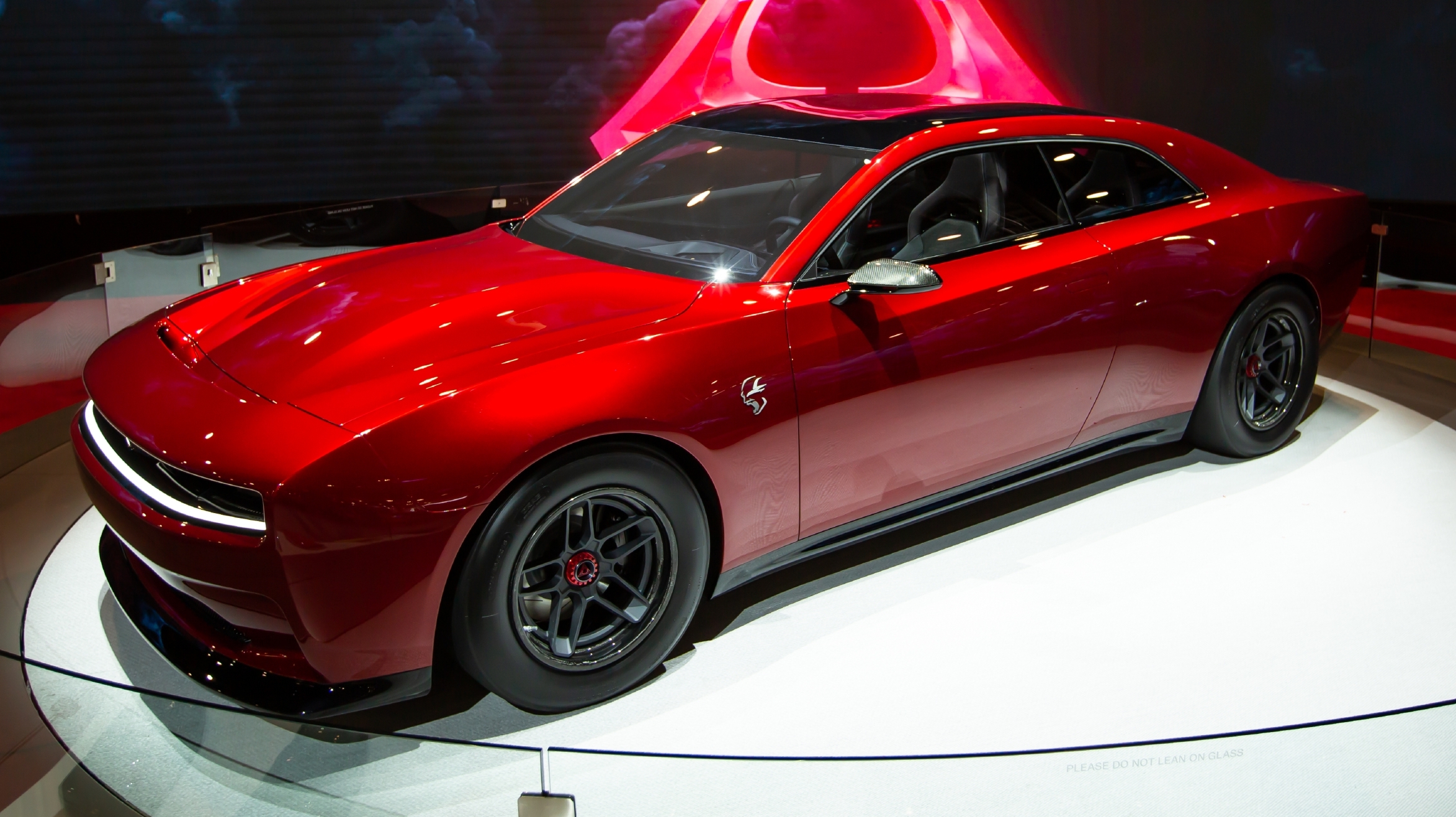
Dodge has tried to cushion the blow, by showcasing features like a multi-speed gearbox and patented exhaust system to allow their new “e-muscle” cars to feel more like the internal combustion engine (ICE) vehicles that they are ultimately replacing. But it seems to have created more chaos than good, as the HEMI enthusiasts aren’t buying into EVs just yet.
It wasn’t soon after Dodge’s announcement, that Ford debuted its new 2024 Ford Mustang (S650). But what made Dodge fans do a double-take was the fact that Ford was sticking with its 5.0-liter (302 cubic-inch) Coyote V8 for its performance-oriented models. Not only were they sticking with the Coyote, but it continue to offer both manual and automatic transmission options.
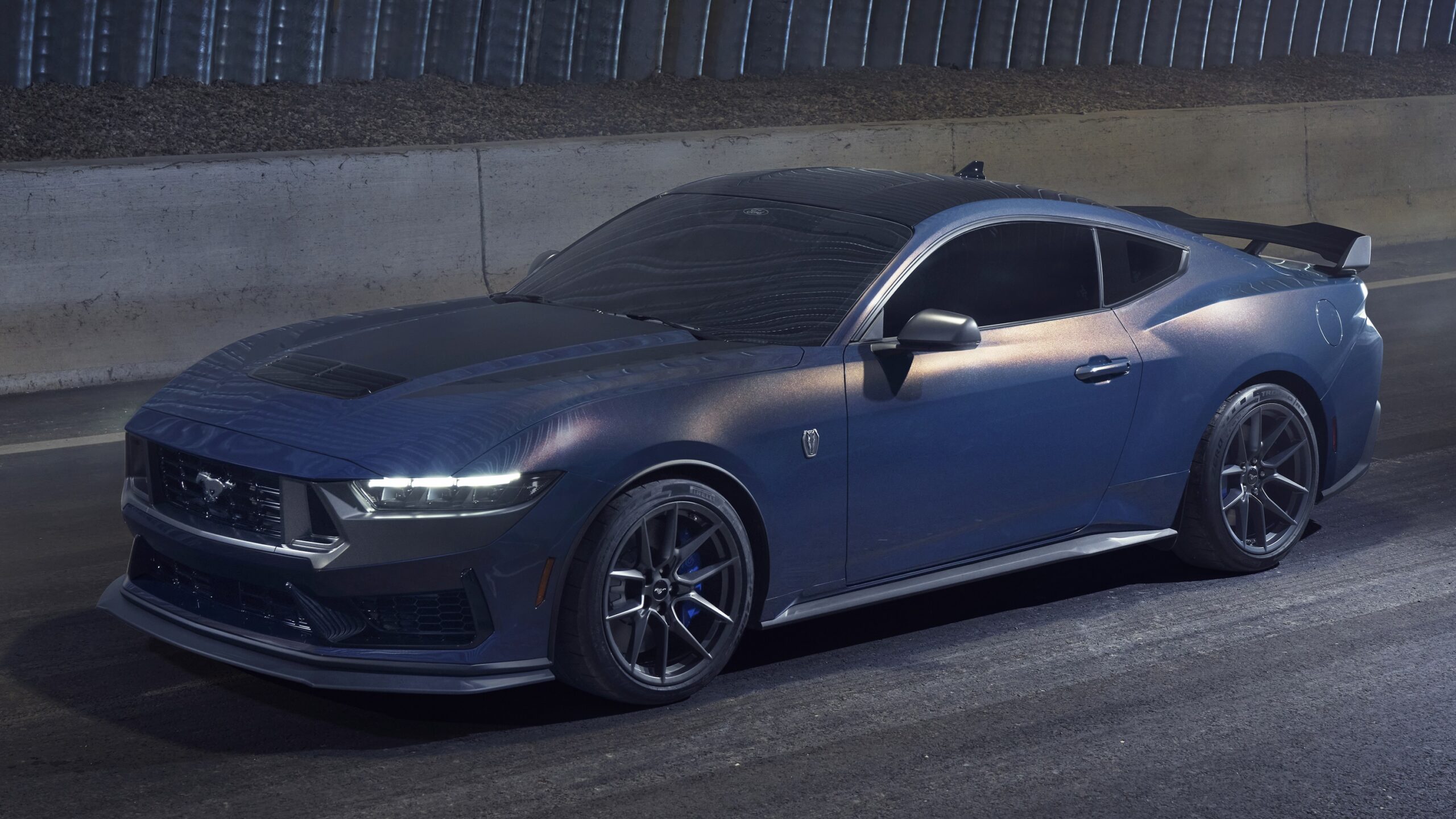
On Friday, Ford officially released official power numbers for its fourth-gen Coyote V8. On the GT models, power is boosted to 486 horsepower thanks to a new dual-throttle body design with an available active-valve performance exhaust system (480 horsepower without the active-valve exhaust) and 415 ft.-lbs. of torque. On the new top-of-the-line Mustang Dark Horse model, the Coyote delivers 500 horsepower and 418 ft.-lb. of torque.
But while Dodge may not be packing its HEMI V8 lineup in 2024, despite Dodge not making an official announcement yet, our sources have been indicating for some time that the next-gen Challenger and Charger will continue to offer ICE options with the automaker’s new lineup of twin-turbocharged 3.0-liter Hurricane inline-six engines.
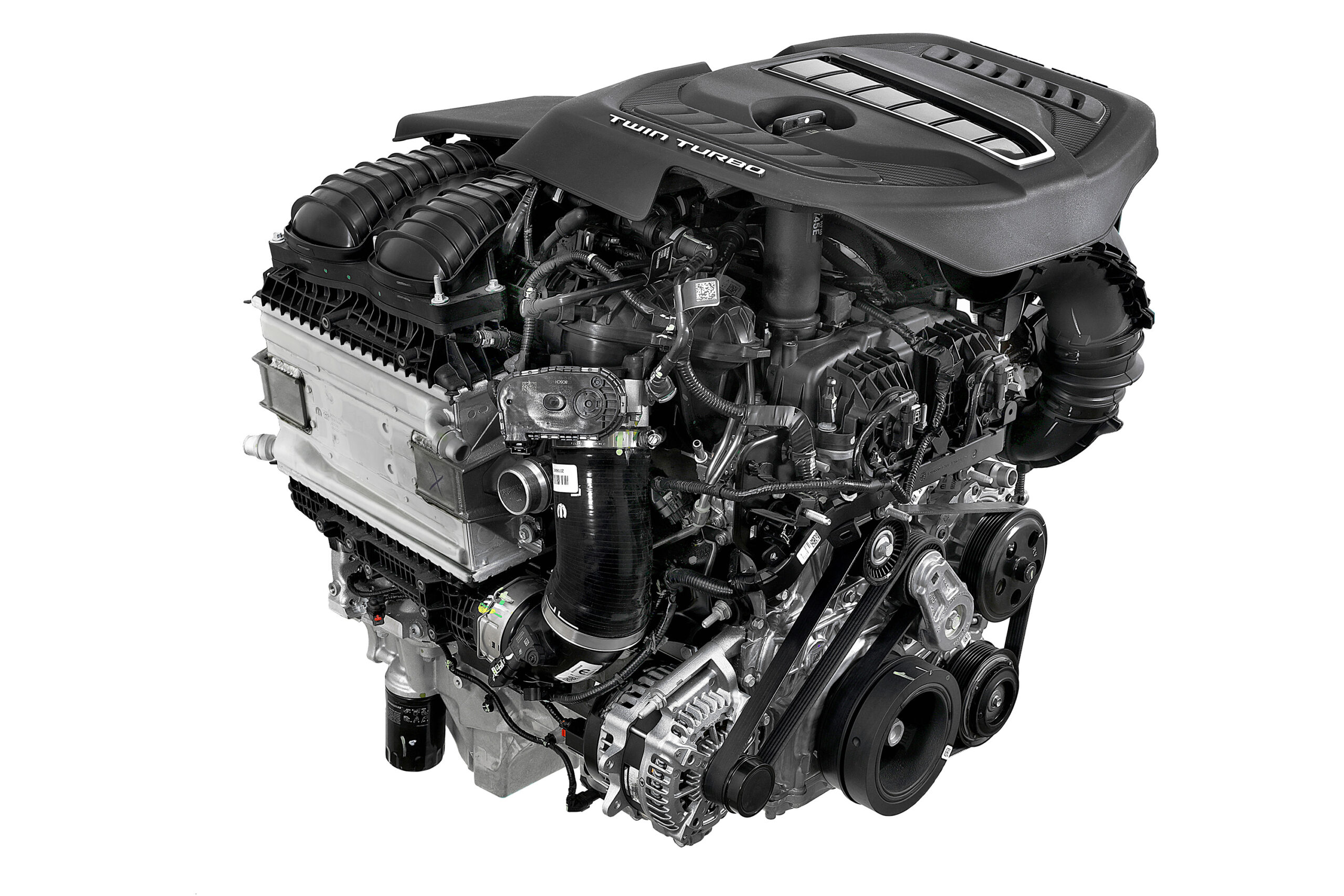
Making its official debut under the hood of the 2023 Jeep® Wagoneer / Grand Wagoneer (WS) lineup, the two Hurricane inline-six engines employ state-of-the-art engineering and technologies that include two low-inertia, high-flow turbochargers for rapid response to throttle inputs, plasma transfer wire arc (spray bore) coating in the cylinder bores for an ultra-thin, low-friction wear surface and high-pressure (5,075 psi/350 bar) direct fuel injection.
The all-aluminum twin-turbo Hurricane engines offer an outstanding 420 horsepower and 468 lb.-ft. of torque in its standard-output (S.O.) form, and an awesome 510 horsepower and 500 lb.-ft. of torque for the high-output (H.O.) variant.
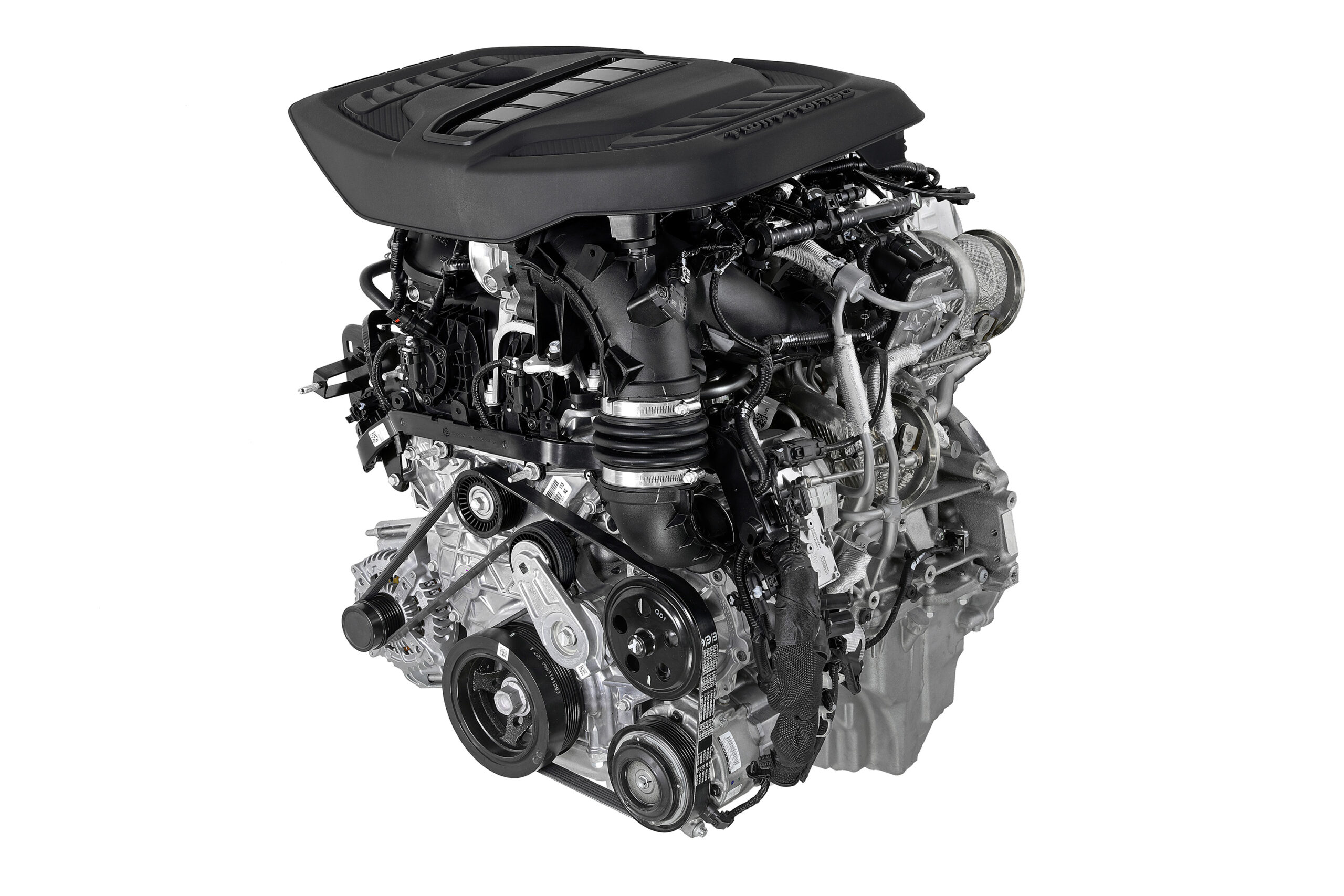
It is predicted that both variants will be powering the next-gen Challenger and Charger, along with optional all-wheel drive (AWD) – another feature that Ford’s Mustang does not have.
We are hoping to learn more about the next-gen muscle cars after the beginning of the new year. But if our sources are right, the Hurricane H.O. engine will outpower the Dark Horse’s Coyote V8.
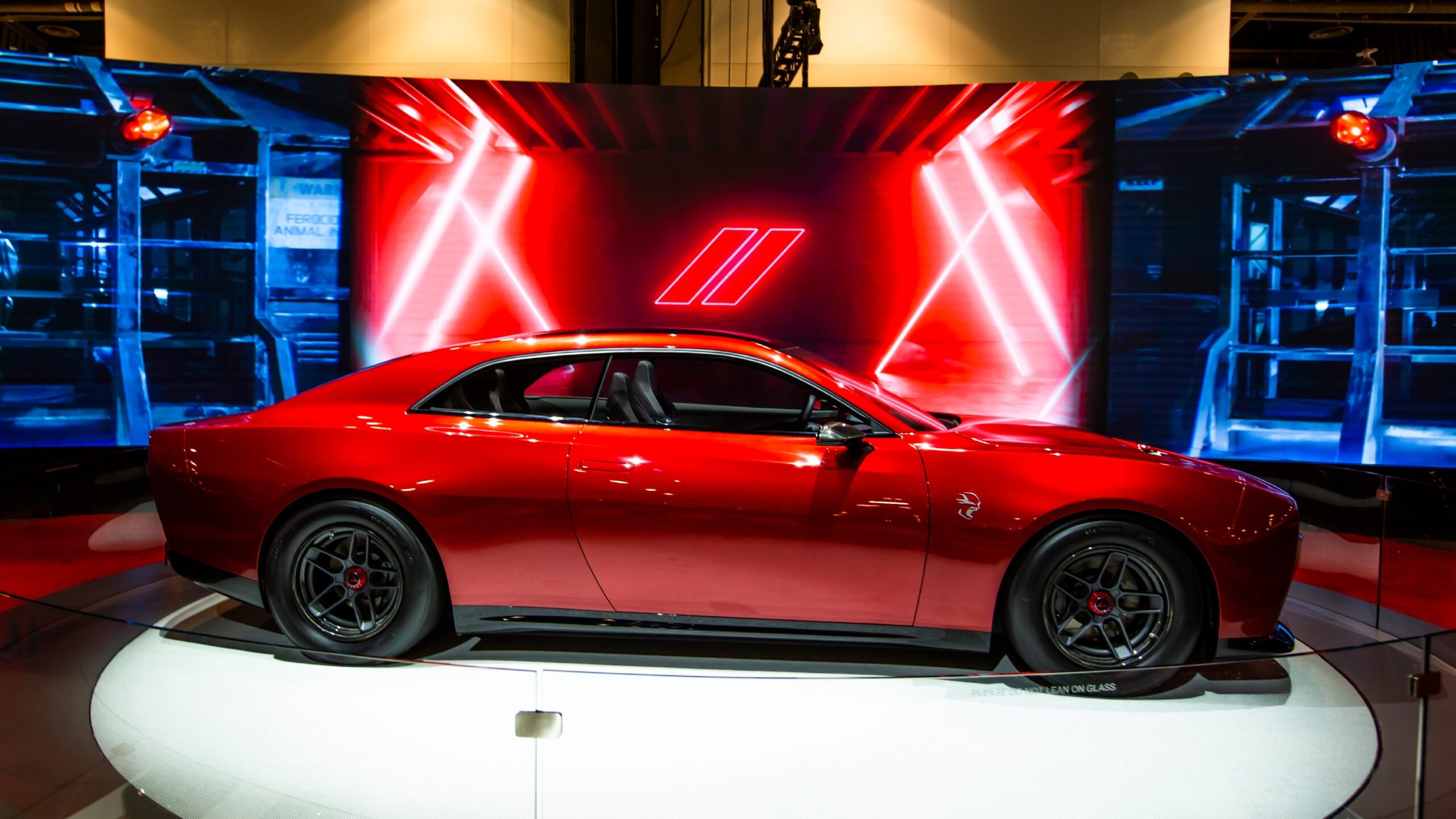
It will be interesting to see how these new Hurricane engines perform in a newer and lighter STLA Large architecture which will underpin the next-gen muscle cars.
Dodge has announced, however, that it will be highlighting its new Dodge Direct Connection HurriCrate series of engines, derived from the Hurricane engine, as the foundational building blocks of their respective drag car build projects for this next year’s MotorTrend Presents Roadkill Nights Powered by Dodge event. It’s the first bold announcement from the automaker showing its intended direction with the Hurricane engine moving forward.
So are the Hurricane inline-six engines going to be enough to pull EV naysayers back to America’s muscle car brand?

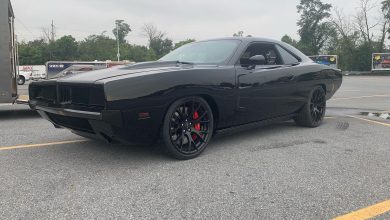

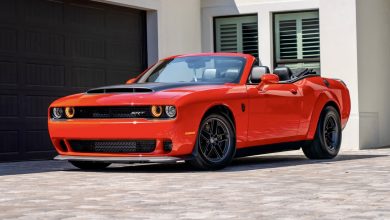
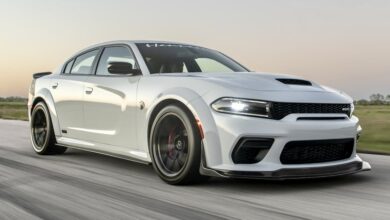
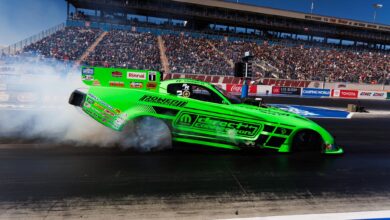
19 replies
Loading new replies...
Join the full discussion at the Mopar Insiders Forum →